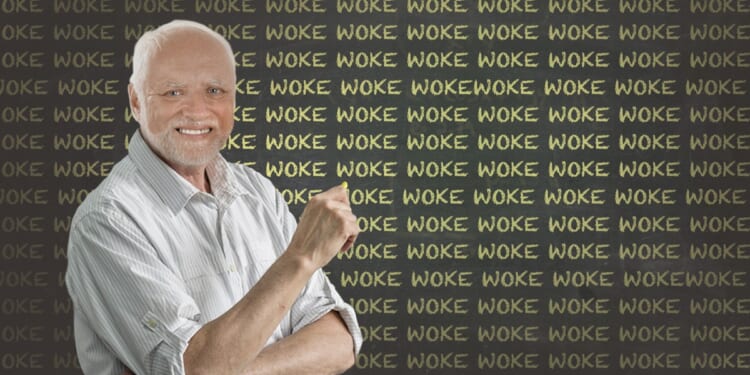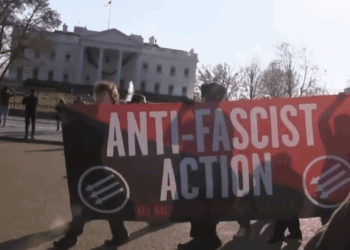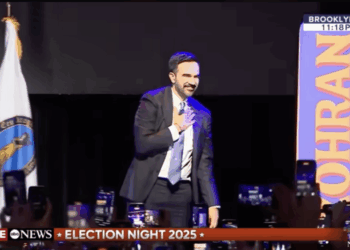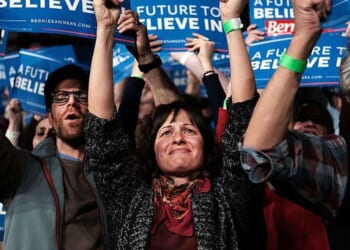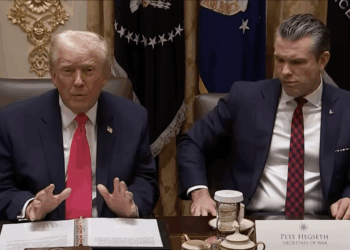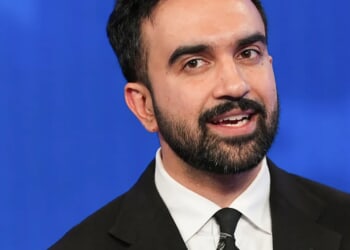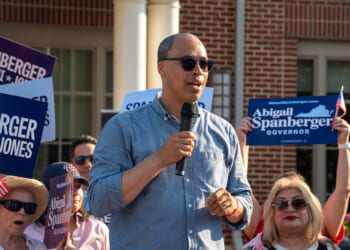As a young person engaged in politics, I am often asked why my generation is elevating Zohran Mamdani, a self-described socialist who has echoed anti-American rhetoric. To many, his popularity seems shocking. To me, it is the predictable outcome of how my generation has been taught and conditioned.
The New York State United Teachers and the United Federation of Teachers represent nearly 700,000 members. Their endorsements carry enormous weight. When students see their teachers support a candidate, the lesson is clear: this is the “good” choice. Even in classrooms where politics is avoided, students are shaped by their educators’ worldview.
What schools refuse to teach is equally damaging. Contested issues like immigration, tariffs, or abortion are often labeled “too controversial.” Instead of debate, students are left with a moral framework of oppressor versus oppressed. This binary, central to critical race theory (CRT) and diversity, equity, and inclusion (DEI) programs, flattens complex issues into simple moral issues where siding with the “oppressed” is the only acceptable answer.
The death of George Floyd in 2020 was the first major political event many of my peers experienced through this lens. The protests that followed were the largest in American history, with billions in damages.
Yet the facts — Floyd’s criminal record, fentanyl in his system, and no claim in court that race motivated the arrest — were ignored. The narrative told to young people was that America is systemically racist, and justice required aligning with movements that claimed to fight oppression.
This same lens now dominates foreign policy debates. Israel, the Middle East’s only democracy, is routinely labeled as an “apartheid state.” After Hamas’s October 7 massacre, a 2024 poll found that 51% of Americans aged 18-24 sided with Hamas over Israel.
Groups like Students for Justice in Palestine, funded by national activist networks, have made anti-Israel protests a fixture on campuses. For a generation trained to equate morality with siding against the “oppressor,” the numbers are not surprising.
Economic illiteracy deepens the problem. Mamdani repeats the claim that the wealthy do not “pay their fair share.” But IRS data shows the top 1% of earners pay about 40% of federal income taxes, while the bottom 50% pay less than 3%.
These facts are rarely taught, leaving students to accept the story of rich versus poor and embrace socialism despite decades of evidence showing its failures from the Soviet Union to Venezuela.
Surveys highlight the broader consequences. A 2023 Wall Street Journal poll found that only 30% of adults under 30 said having children was “very important,” compared with 59% in 1998.
The U.S. fertility rate has dropped to 1.6 births per woman — far below the replacement level of 2.1. Meanwhile, 62% of Gen Z views socialism favorably. These are connected symptoms of an education system that encourages distrust of family, free markets, and personal responsibility.
Mamdani’s rise reflects this environment. He appeals to a generation that has been denied real debate, taught to view politics through simplistic binaries, and shielded from inconvenient facts. Even outside New York City, his success should alarm Americans. Unless my generation confronts the failures in how we were taught, the country we inherit will not resemble the one we were given.

